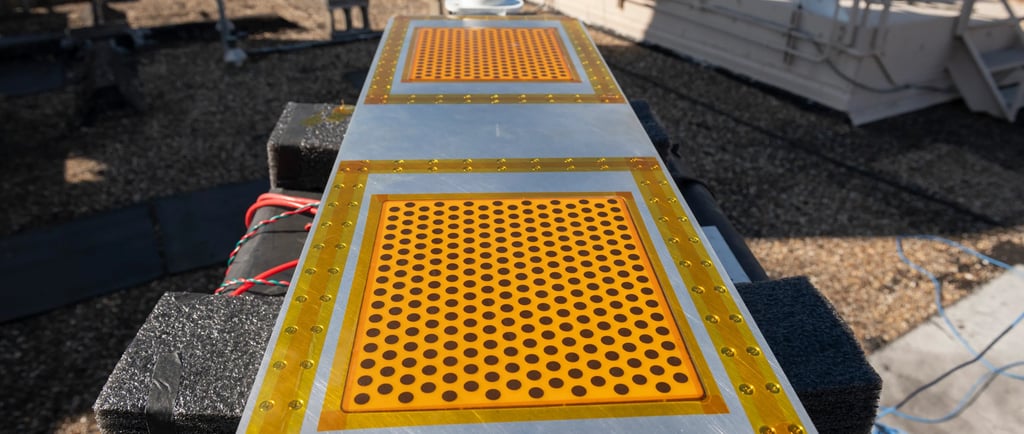Revolutionizing Aerial Communication: NASA's Ultra Lightweight Aerogel Antenna


Introduction to Aerogel Technology
The world of technology is perpetually advancing, and one of the most exciting innovations is the development of ultra lightweight materials. A prime example of this is NASA's aerogel antenna, engineered to revolutionize aerial communication. These antennas are designed to be embedded within the skin of aircraft, paving the way for more aerodynamic structures and reliable communication solutions for drones and future air transportation systems.
The Creation of the Aerogel Antenna
NASA's aerogel antenna stands out as one of the lightest solid materials ever created. This remarkable device is composed largely of air, boasting an impressive 95% air content, which significantly contributes to its lightweight nature. By utilizing advanced flexible, high-performance polymers, engineers have crafted an antenna that can be tailored for specific aerospace needs. Whether the desired outcome is the flexibility akin to plastic wrap or a rigid structure similar to plexiglass, this innovative antenna design allows for both.
Advantages of Lightweight Antennas
The implementation of lightweight antennas in aerospace applications is not merely a feat of engineering; it has practical implications that enhance performance. In conditions where power and space are at a premium, this aerogel antenna becomes invaluable. Aircraft, particularly drones, benefit immensely from the reduced weight, which leads to improved fuel efficiency and extended flight durations. Moreover, the ability to seamlessly integrate these antennas into the aircraft structure enhances aerodynamics, reducing drag and optimizing overall performance.
Furthermore, NASA's cutting-edge antenna technology showcases promise beyond just aviation. It opens opportunities for improved satellite communications where traditional antennas may falter. The combination of lightweight materials and innovative design positions this technology at the forefront of future air transportation, demonstrating that innovation in materials science can have profound effects on industries reliant on communication technologies.
As research and development in this area continue, the potential applications of NASA's aerogel antenna are set to expand, possibly influencing not only how we communicate via air but also how aircraft are designed and utilized in the future.
